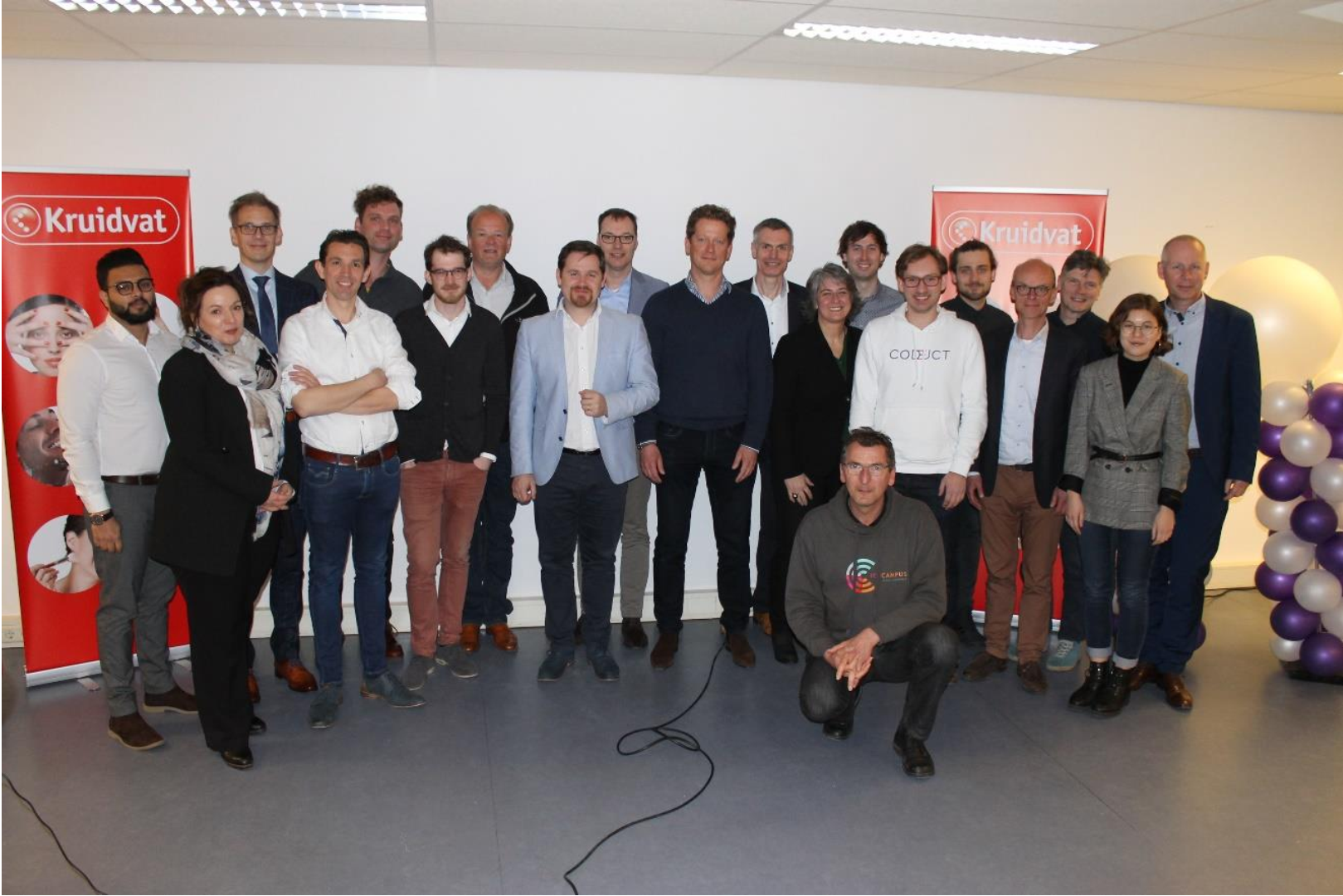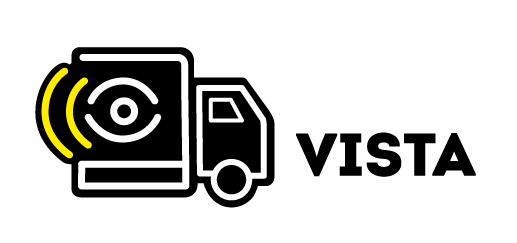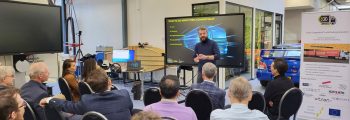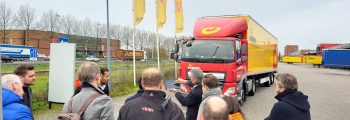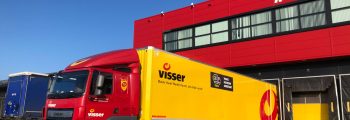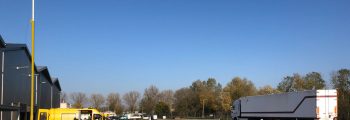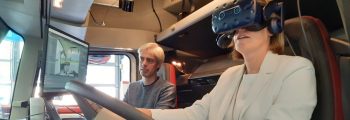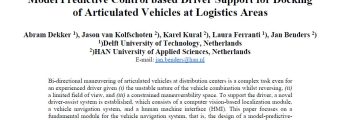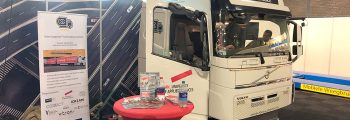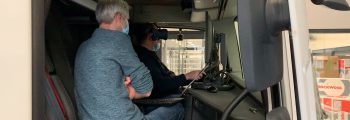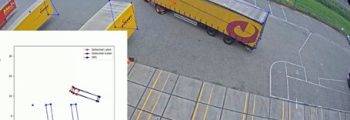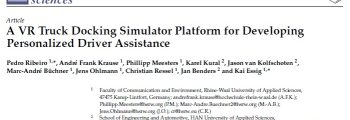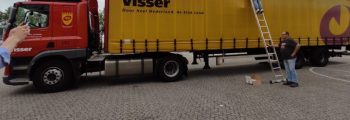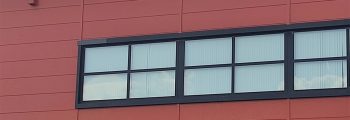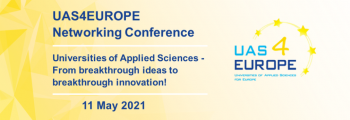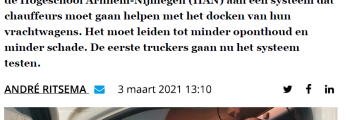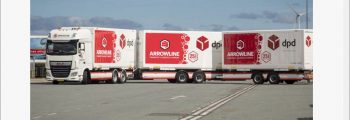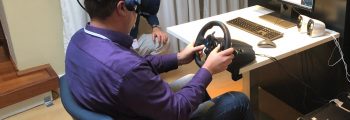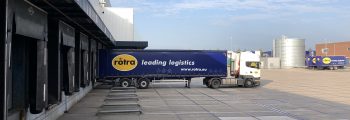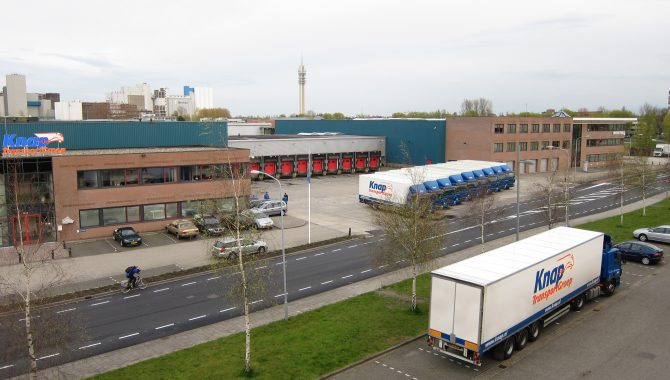Nieuws
VISTA video (German subtitles)
januari 20, 2023VISTA video – English subtitles
januari 20, 2023At December 9, 2023, HAN University of Applied Sciences hosted the final VISTA event. During the event the project and its deliverables were presented. Special attention was given to the wide range of market opportunities that VISTA technology provides. Amongst other, VISTA very well integrates into overall DC management, allowing for better planning. VISTA can also empower the introduction of further automation in logistics by enhancing tele-operation solutions, such as being developed and demonstrated in the European 5G-Blueprint project. In parallel to the presentations, several demonstrations showcased VISTA core and spin-off technology, developed during the project.
The related Dutch/German press release can be found here: Final Event Press Release
Prior to the closing event, a live demonstration took place of the VISTA technology in action at the Distribution centre of Visser in Duiven. Visitors could take a drive in the truck with a professional driver to experience the VISTA technology while docking the vehicle combination.
Following the integration work at Industriepark Kleefsche Waard, the first operational tests have been carried out at the VISTA development site of Visser in Duiven. This evolved from an initial test vehicle with special test driver into a vehicle of Visser with an experienced truck driver of Visser.
It is finally happening! This month we started testing at full-scale on the premises of Industriepark Kleefsche Waard in Arnhem. This site will mainly serve as location to get everything integrated and operating properly. We are working towards a fully mobile VISTA setup.
Provincial Executive Helga Witjes of the Province of Gelderland visited project VISTA on the 29th of September 2022. After being informed about the project status and goals, she could experience the VISTA truck docking support in the VISTA VR simulator. She ‘passed the exam’, performing a first-time-right docking maneuver by following the VISTA directions while driving the virtual truck/trailer. See also the news item on HAN Automotive Research and the video coverage.
During the 15th International Symposium on Advanced Vehicle Control (AVEC) in Kanagawa, Japan, a paper will be presented on the development of Model Predictive Control based driver support as developed in VISTA. for the Recently, the full paper was submitted upon acceptance of the extended abstract. Upon successful re-use in the EU Horizon 5G-Blueprint project, the paper now covers both applications.
The VISTA VR simulator was demonstrating the VISTA solution at Transport Compleet (Hardenberg, 14-16 June 2022). A large number of event visitors experienced truck-docking with and without the VISTA support solution in a virtual environment, while sitting in the truck cabin, wearing the VR glasses.
On November 17, 2021, a test session took place in the VISTA VR simulator at HAN University of Applied Sciences. The drivers performed truck docking maneuvers in the virtual world presented to them by VR glasses. They drove manually as well as assisted by VISTA and gave their valuable feedback to the different aspects of VISTA, such as the path planning, the path follower-based feedback and the different HMI elements.
The first promising results have been presented of the camera-based VISTA Real-Time Localization System (RTLS). The AI algorithms have been trained using data from the cameras installed at DC Visser. This data was first annotated to make it usable for training purposes. The RTLS results compare well with the RTK-DGPS reference data that was capture in July.
The VISTA team published a paper in a special issue of the MDPI Journal of Applied Sciences, focusing on Innovative Solutions for Augmented and Virtual Reality Applications. The paper describes an AI-based approach to personalize the VISTA driver assistance. The paper can be found here: https://www.mdpi.com/2076-3417/11/19/8911
The VISTA team presented a paper describing the VISTA solution at the 16th International Symposium on Heavy Vehicle Transportation Technology. The paper can be found here: https://hvttforum.org/wp-content/uploads/2021/10/Kural-Vista-Vision-Supported-Truck-Docking-Assistant.pdf
On July 12, a cm-accurate reference measurement took place at the distribution center of Visser. A vehicle combination was instrumented with RTK-DGPS equipment and executed several docking maneuvers, which have been captured with high position accuracy. This measure will be used to validate the VISTA positioning algorithms.
The first real-life VISTA instrumentation is a fact: 3 VISTA cameras, inclduing data capturing equipment have been installed at the distribution center of Visser in Duiven, NL. These cameras will be used to capture data for training and validation of the VISTA AI algorithms.
VISTA was one of the showcased projects during the UAS4EUROPE networking conference, aimed at leveraging the applied science power UASses in the European research ecosystem. More information can be found here: https://uas4europe.eu/uas4europe-networking-conference-2021/
The VISTA driving simulator using VR (Virtual Reality) technology is now physically integrated into a full-fledge truck cabin to enhance the immersive experience of truck drivers testing the VISTA HMI. An article about the simulator development has been published by Nieuwsblad Transport. It can be found here: https://www.nieuwsbladtransport.nl/wegvervoer/2021/03/03/snel-en-schadevrij-docken-truck-via-cameras-software-en-tablet/
In the light of various research projects, master thesis students at HAN Automotive Research are working on route/path planning solutions for complex vehicle combinations and support systems using this information. VISTA is one of the projects making use of this advanced path planning technology. Recently, TTM published an article on recent progression made, mentioning VISTA as well. The article can be found here: https://www.ttm.nl/nieuws/slimme-tools-voor-sturen-met-lzvs/129009/
VR Simulator includes driver support
juli 9, 2020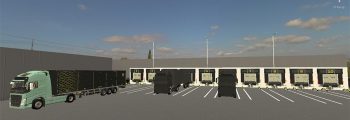
The VISTA VR simulator is now including an integrated loop of VISTA technology. The simulator as demonstrated in December was not yet providing any feedback to the driver as it was mainly focused on visualization performance. This allowed an immersive experience to a level that virtual docking could be done with relative ease by a professional driver. In the current status, the driver will get feedback in different ways. The allows for testing different HMI options with professional drivers w.r.t. effectiveness as well as driver acceptance, with the aim to develop effective and intuitive HMI.
First VISTA Business Calculation Tool available
juni 22, 2020
After two student thesis assignments including significant market research activities, a financial analysis tool has become available for internal use. The tool can calculate the business potential of the VISTA solution for specific logistics areas. This will support decisions of future end clients when considering VISTA to improve their logistics process.
VISTA goes online
mei 11, 2020
Due to Covid-19 limitations, recent VISTA meetings have all been done online, using our already up-and-running Teams environment. Despite these limitations, many meetings took place, ranging from alignment on VR simulator sprint reviews and system architecture meetings up to work package leader meetings. This allowed the project to make the necessary progress.
Thanks to the good network of Bricklog, a cooperation with Visser Duiven allows the VISTA partnership to capture full size video material in real-life. This started using a simple webcam to quickly gather initial footage to train the camera-based localization algorithms. As these algorithms are now based on neural networks that need to be trained, real-life camera images are important in order to provide the type of training data that will result in robust RTLS (Real Time Localization System) performance. The image gives a hint of algorithm performance using a simple (mono)webcam, looking through badly reflecting windows. Look at the rectangles that show the inferred positions of truck and trailer.
At the IEDS event on 10 December 2019 an intermediate version of the VISTA VR simulator was successfully demonstrated. The realism in the simulator appeared good enough to let several persons dock a truck trailer combination backwards. Valuable feedback for testers was gathered to optimize the simulator in the coming months. The aim of the VISTA VR simulator is to be able to develop and test HMI variants for the VISTA truck docking support system. The simulator has great flexibility to present all kinds of HMI content to truck drivers in a variety of scenarios. Hence, HMI perception and resulting truck driver performance can be measured to optimize the VISTA HMI, ensuring market value of the resulting system. The VISTA VR simulator is special in the fact that the simulator uses co-simulation of the 3D engine together with accurate vehicle dynamics models, developed in MATLAB/Simulink®.
The leaflet of the IEDS event can be found here: Leaflet IEDS
At the 23rd of October 2019, VISTA partners visited the ROTRA distribution centre in Doesburg, NL to gain more insight in the behavior and needs of truck drivers. Several Truck drivers were interviewed and new eye-tracking tests were made to get better understanding of driver behavior and gaze patterns while docking the vehicle combination. This information will be used to better design the user interface of the future VISTA docking support system. In parallel, a first draft VR simulator setup was tested by the attendants as well as by a driver/instructor. The feedback will be used to upgrade the VR setup towards a better, more natural experience so it will become an effective tool for user interface development and testing.
Work Package leader meeting / Requirements meeting
september 25, 2019
Read more
Work Package Leader meeting
mei 15, 2019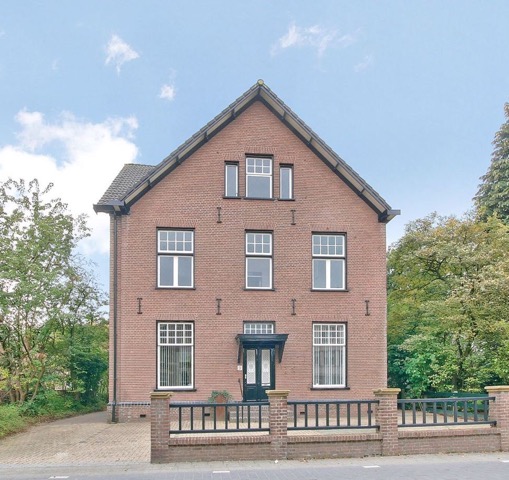
This meeting, hosted by Bricklog was intended to come to better interface definition between work packages 2, 3 and 4.
Alignment meeting
april 16, 2019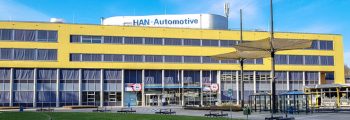
The alignment meeting served as meeting for all partners to align their input in the project (getting to know each other better, shared interest, project activities, planning, etc.)
Kick-off meeting
maart 11, 2019